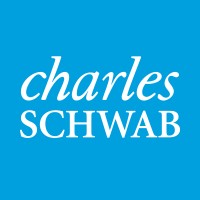
AustralianSuper
Australia’s largest super fund, investing for over 3 million members. AustralianSuper is here to help members achieve their best financial position in retirement. We do this by delivering strong long-term performance and low admin fees for members. We use our size, investment capability and global reach to help us access the best investment opportunities for the benefit of members. We’re committed to providing good value products and services that members need, along with support, guidance and advice to help them feel confident about their future. ----------------------------------------------------------------------------------------- AustralianSuper is not responsible for other user's comments. We reserve the right to delete any comments that are not in line with our community standards. By participating in the AustralianSuper’s LinkedIn community, you agree to adhere to our House Rules: ausup.me/HouseRules ______________________________________________________________________________________ AustralianSuper is a profit-for-member fund. This means we don’t pay profits or dividends to shareholders, so the money we make goes back into the fund for the benefit of members. Investment returns aren’t guaranteed. Past performance isn’t a reliable indicator of future returns. Other fees and costs apply. Read the PDS and TMD at www.australiansuper.com australiansuper.com/contact-us






